justineanweiler.com – Fingerprint technology is a fascinating field that combines biology, physics, and technology to create one of the most reliable forms of personal identification. From unlocking your smartphone to solving criminal cases, fingerprints play a crucial role in modern life. But how do they work? Let’s delve into the science behind fingerprints and their functionality.
What Are Fingerprints?
Fingerprints are the unique patterns of ridges and valleys on the surface of your fingers. These patterns, formed before birth and remaining unchanged throughout life, are influenced by both genetic and environmental factors during fetal development.
Common Fingerprint Patterns
Fingerprints generally fall into three main categories:
- Loops: Curving patterns that loop back on themselves.
- Whorls: Circular or spiral patterns.
- Arches: Wave-like patterns that rise and fall.
Each individual has a unique combination of these patterns, making fingerprints an ideal biometric marker.
How Fingerprint Identification Works
Biological Basis
The ridges on your fingers enhance your ability to grip objects by increasing friction. However, these same ridges create distinct patterns that can be used for identification. The uniqueness arises from tiny variations in ridge shape, spacing, and features like bifurcations (where a ridge splits) and endings.
Capturing Fingerprints
Modern fingerprint systems use one of several methods to capture these patterns:
- Optical Scanners: Use light and sensors to create a high-resolution image of the fingerprint.
- Capacitive Sensors: Detect electrical differences between ridges and valleys to build a fingerprint image.
- Ultrasonic Sensors: Employ sound waves to map the ridges and valleys in detail.
Matching Fingerprints
Once a fingerprint is captured, its unique features—known as minutiae points—are extracted and converted into a digital template. This template is compared against others in a database using advanced algorithms.
Fingerprint identification works by matching the minutiae points of two fingerprints to determine similarity. In security systems, this process confirms a user’s identity by comparing their fingerprint with a pre-stored template.
Applications of Fingerprints
Fingerprints are used in a variety of fields:
- Security: Biometric authentication for smartphones, safes, and secure buildings.
- Law Enforcement: Crime scene investigation and suspect identification.
- Healthcare: Patient identification in hospitals and clinics.
- Banking: Biometric authentication for secure transactions.
Why Fingerprints Are Reliable
Fingerprints are highly reliable for several reasons:
- Uniqueness: No two people, even identical twins, have the same fingerprints.
- Consistency: Fingerprints do not change over time unless altered by injury.
- Ease of Use: Scanning fingerprints is non-invasive, quick, and simple.
Limitations
Despite their reliability, fingerprint systems are not foolproof. Challenges include:
- Dirty or Damaged Fingers: Dirt, cuts, or scars can affect scanning accuracy.
- Spoofing: Advanced methods can sometimes replicate fingerprints, though modern systems counter this with technologies like liveness detection.
Conclusion
Fingerprints are a marvel of nature and technology, providing a unique, reliable way to identify individuals. As technology continues to evolve, the use of fingerprints is expanding into more applications, making our lives both more secure and convenient.
Whether unlocking a phone or solving a mystery, fingerprints are an indispensable tool in today’s world.

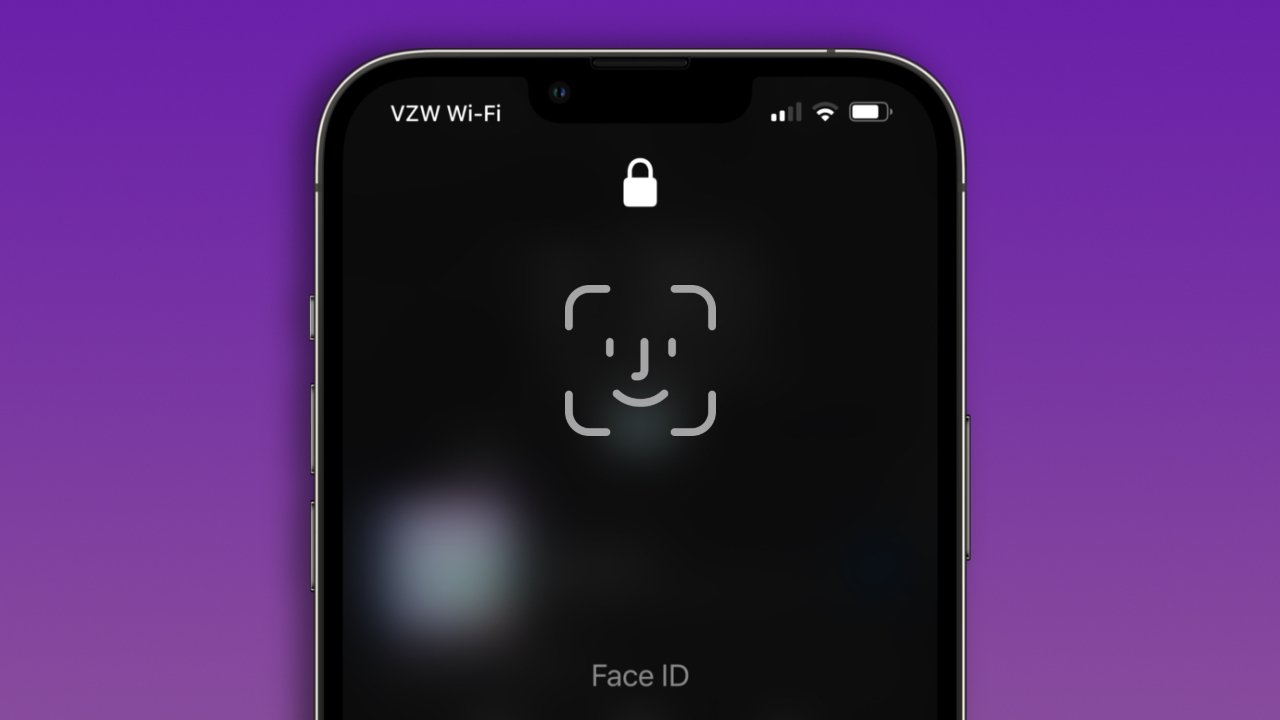
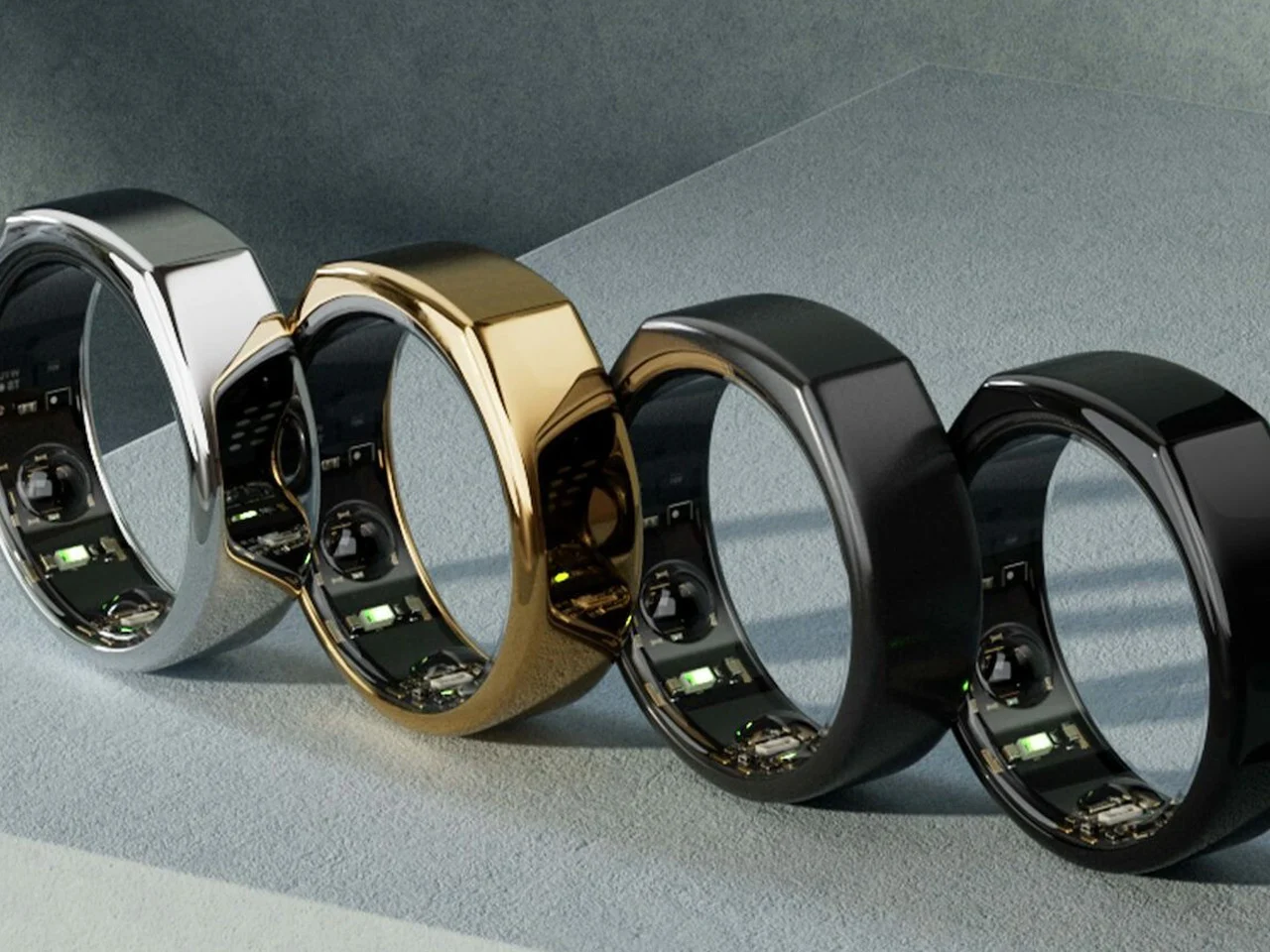

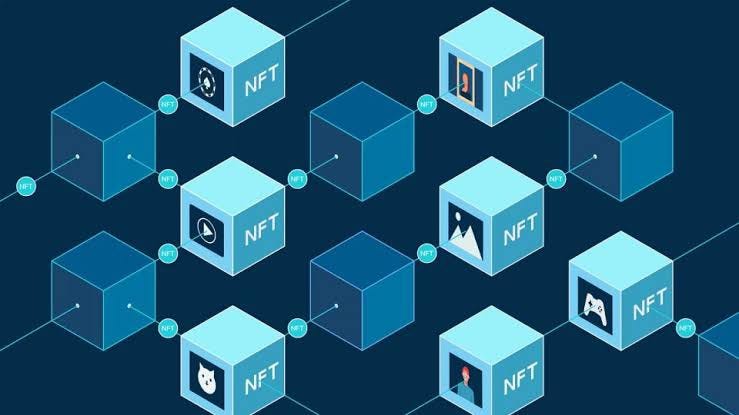
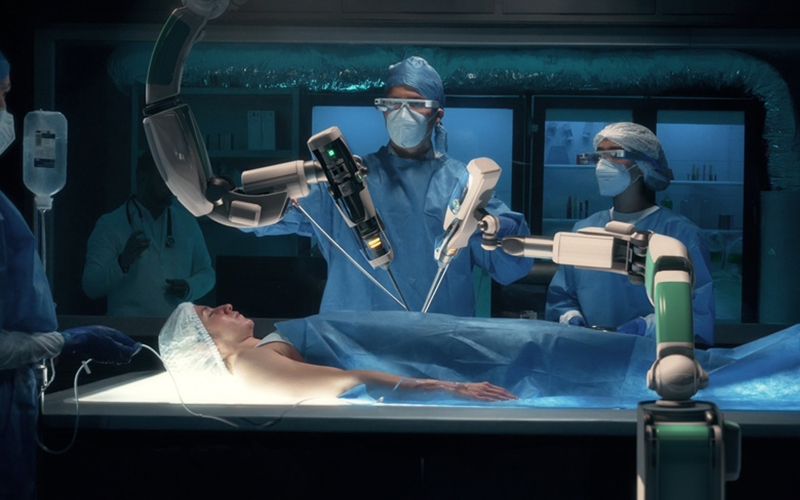




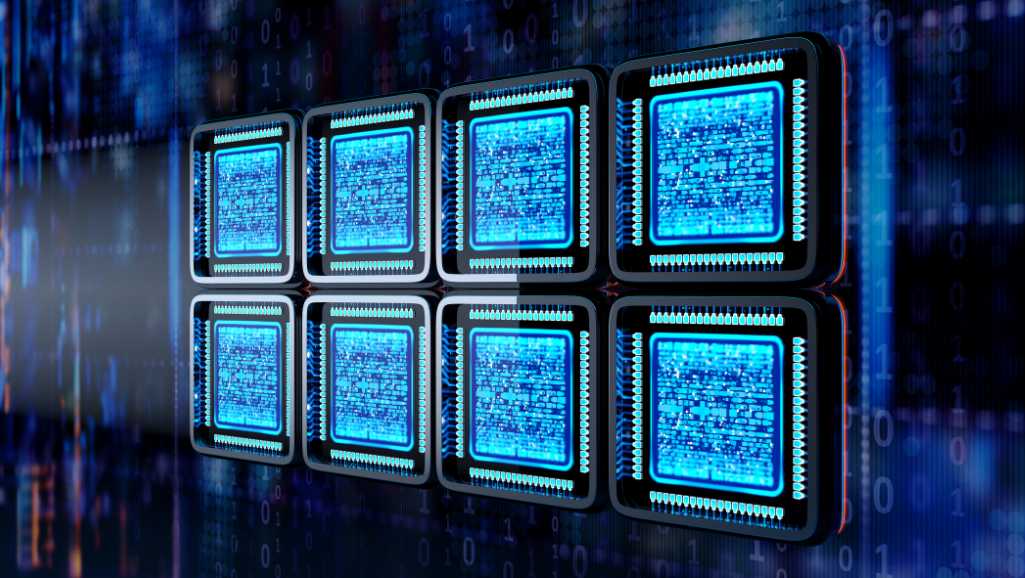
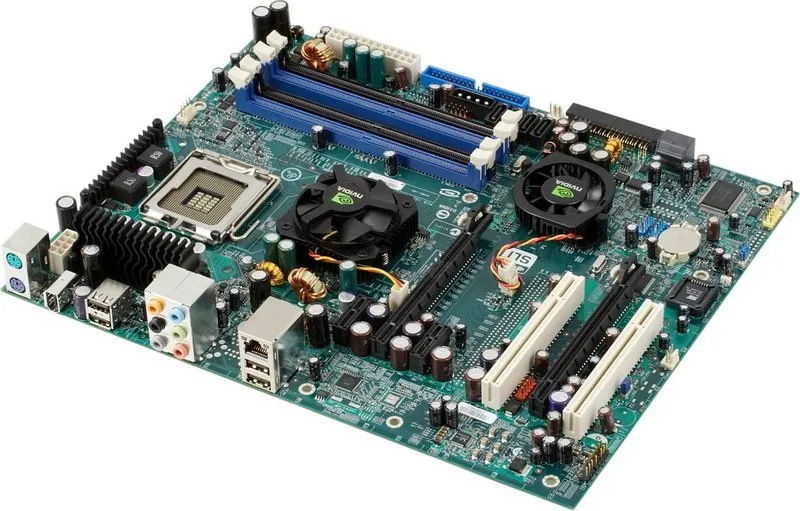

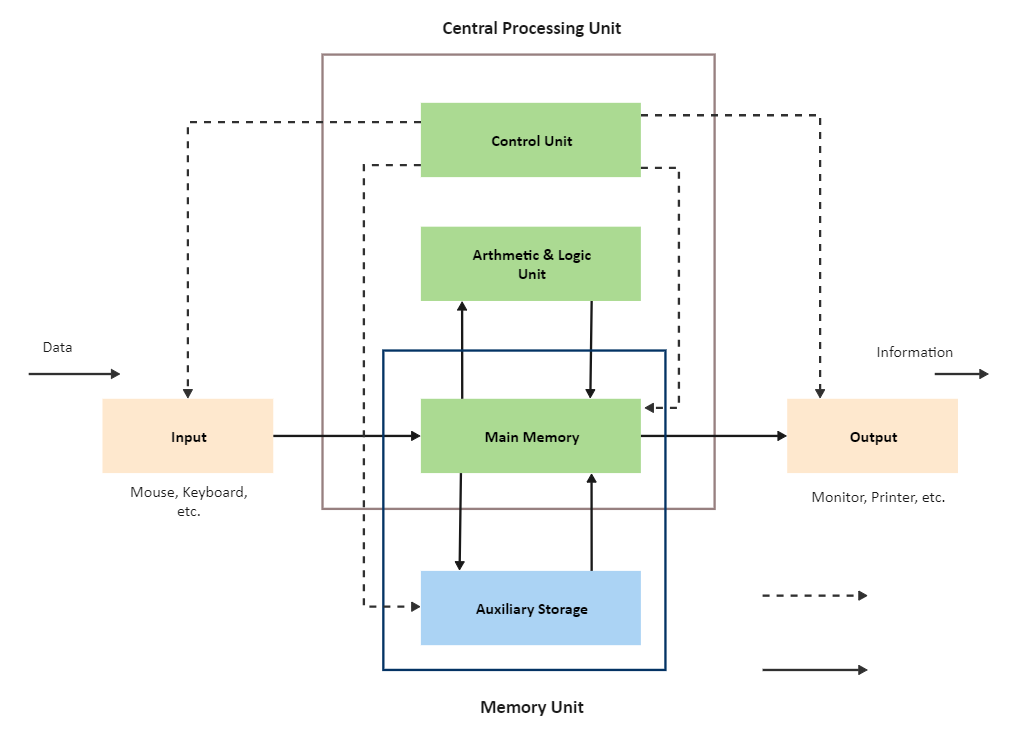
Leave a Reply